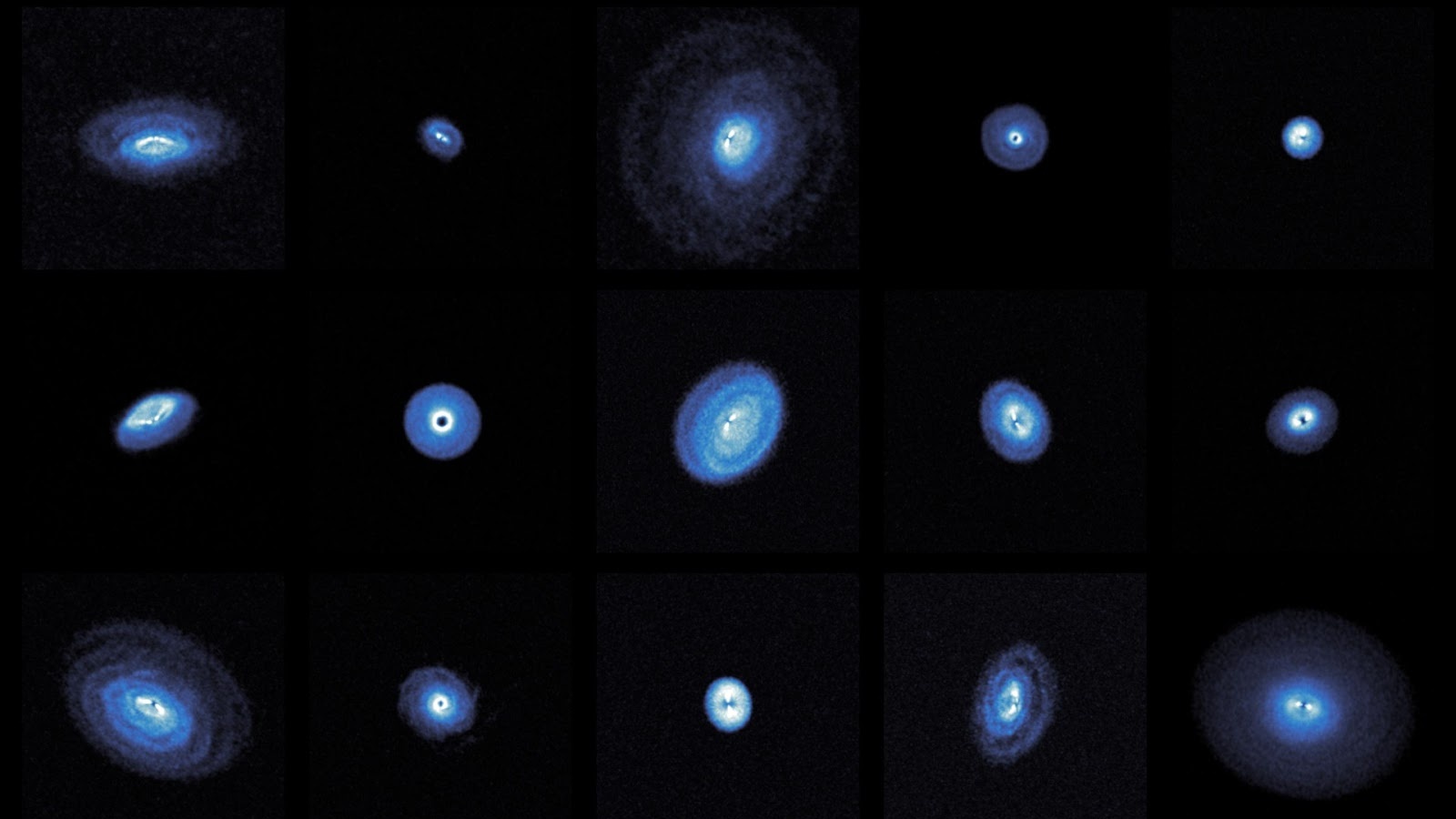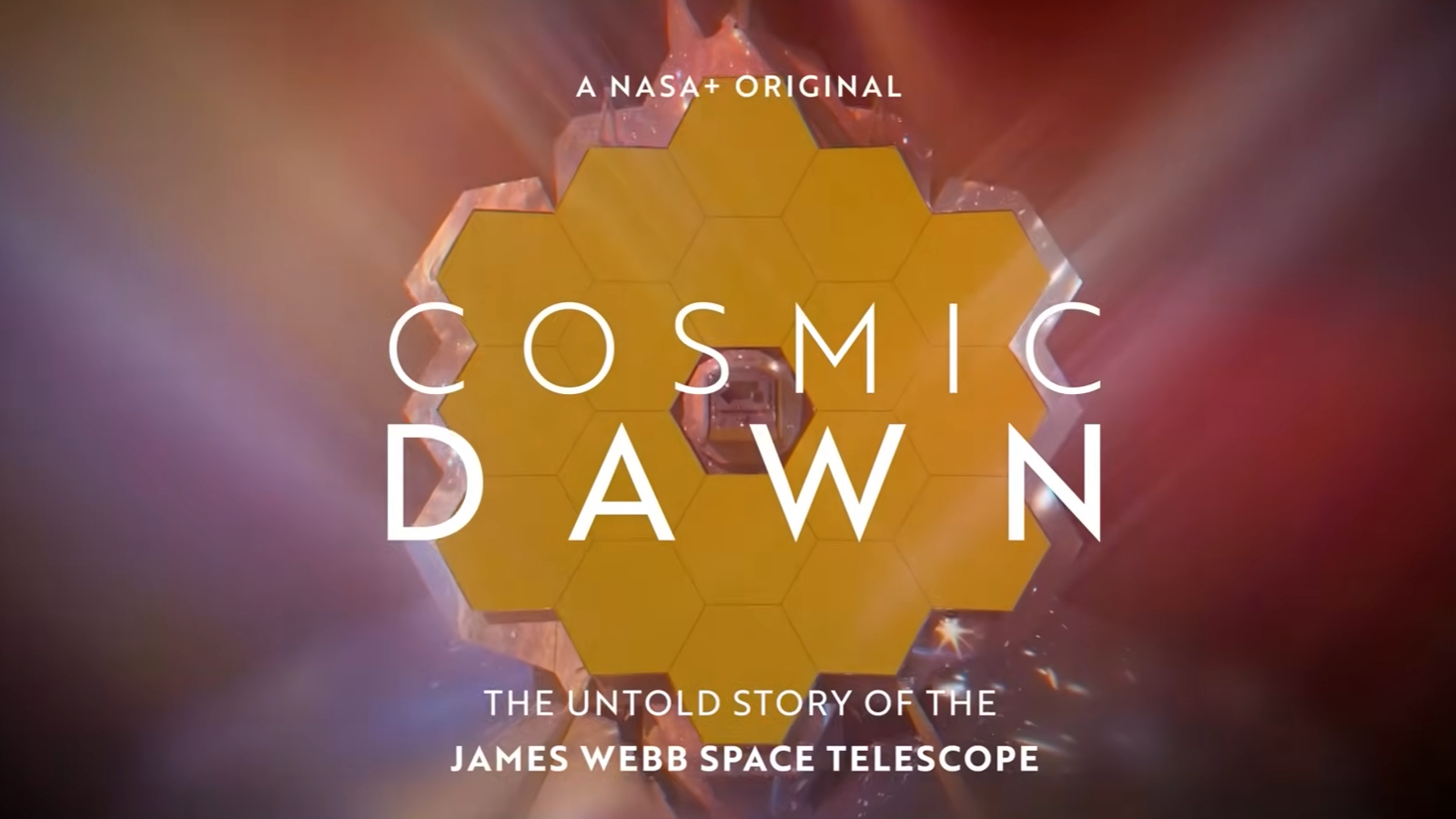These are the sharpest images yet of planets being born around distant stars
"It's like trying to spot a fish by looking for ripples in a pond, rather than trying to see the fish itself."

Astronomers have captured the sharpest, most detailed images yet of young solar systems where planets are just beginning to take shape.
Exquisite snapshots released on Monday (April 28) provide a rare glimpse into the earliest stages of planet formation in more than a dozen star systems, revealing where planets emerge, how quickly they form and what materials they're made from. Scientists say the data could help refine computer models of planetary formation and evolution, as well as shed new light on how these infant systems compare to the myriad of mature exoplanets already discovered.
The high-resolution, science-packed images come thanks to advanced imaging techniques courtesy of the Atacama Large Millimeter/submillimeter Array (ALMA) in Chile. These techniques reduce distortions and sharpen clarity, boosting astronomers' ability to map out the planet formation process with greater precision by revealing finer structures within the protoplanetary disks — the swirling gas and dust surrounding young stars, according to a statement.
The newly developed techniques "are like switching from reading glasses to high-powered binoculars," Richard Teague of the Massachusetts Institute of Technology, who serves as the principal investigator of the project, said in the statement. "They reveal a whole new level of detail in these planet-forming systems."

Using ALMA, Teague's team captured images of 15 young star systems sprinkled in space between a few hundred to 1,000 light-years from Earth. Rather than rely on direct detection of a young planet's faint light, Teague's team looked for the subtle clues these infant worlds imprint on their surroundings — such as gaps and rings in dusty disks, swirling gas motions caused by a planet's gravity, and other physical disturbances that hint at a planet's presence. To uncover these signatures, the researchers used ALMA to map the motion of gas within over a dozen protoplanetary disks.
"It's like trying to spot a fish by looking for ripples in a pond, rather than trying to see the fish itself," Christophe Pinte, an astrophysicist at the Institute for Planetary sciences and Astrophysics in France, who was also a principal investigator of the project, said in the statement.
Initial analysis of the images, detailed in 17 newly published papers, clearly shows that these protoplanetary disks with still-forming planets are highly dynamic, chaotic places that already harbor complex structures, the team says.
Get the Space.com Newsletter
Breaking space news, the latest updates on rocket launches, skywatching events and more!
Among the key findings are fresh insights into how large dust grains are gathered into rings — precursors to planets — and subtle signs of the disks' gravitational influence, providing astronomers with a new way to gauge the mass available for forming planets.
"We're seeing evidence of hugely perturbed and dynamic disks, highly suggestive of young planets shaping the disks they're born in," Teague said.A particularly notable aspect of the project, according to the research team, is that early-career scientists took the lead — authoring 12 of the 17 published papers, with more expected to follow later this year.
Join our Space Forums to keep talking space on the latest missions, night sky and more! And if you have a news tip, correction or comment, let us know at: community@space.com.

Sharmila Kuthunur is a Seattle-based science journalist focusing on astronomy and space exploration. Her work has also appeared in Scientific American, Astronomy and Live Science, among other publications. She has earned a master's degree in journalism from Northeastern University in Boston. Follow her on BlueSky @skuthunur.bsky.social
You must confirm your public display name before commenting
Please logout and then login again, you will then be prompted to enter your display name.
